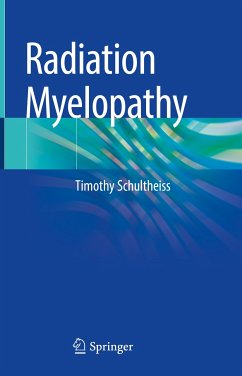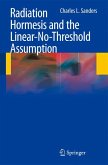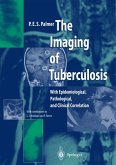This book covers every aspect of radiation myelopathy and considers the evidence from all species in which it has been studied. The historical and current understanding of the pathogenesis of this rare but devastating injury is first discussed. The evidence regarding the role of a variety of factors in radiation myelopathy is then reviewed. Readers will find detailed information on the impacts of total radiation dose, radiation volume, dose fractionation, hyper fractionation, age, anatomic level, comorbidities, radiation modifiers, other therapies, and retreatment of the spinal cord. Given the similarity of the pathogenesis of radiation myelopathy in humans and experimental animals, the potential for cross-species modelling of dose response is explored, with attention to relevant species differences. Treatment of the condition is also fully considered. New theories are presented regarding retreatment, small volume response, and the final step in white matter necrosis. The final chapter addresses the medicolegal issues elicited by radiation myelopathy, which is often the result of treatment error. Radiation Myelopathy will be of high value for radiation oncologists, radiation physicists, dosimetrists, biologists, neurologists, medical oncologists, and attorneys.
Dieser Download kann aus rechtlichen Gründen nur mit Rechnungsadresse in A, B, BG, CY, CZ, D, DK, EW, E, FIN, F, GR, HR, H, IRL, I, LT, L, LR, M, NL, PL, P, R, S, SLO, SK ausgeliefert werden.









